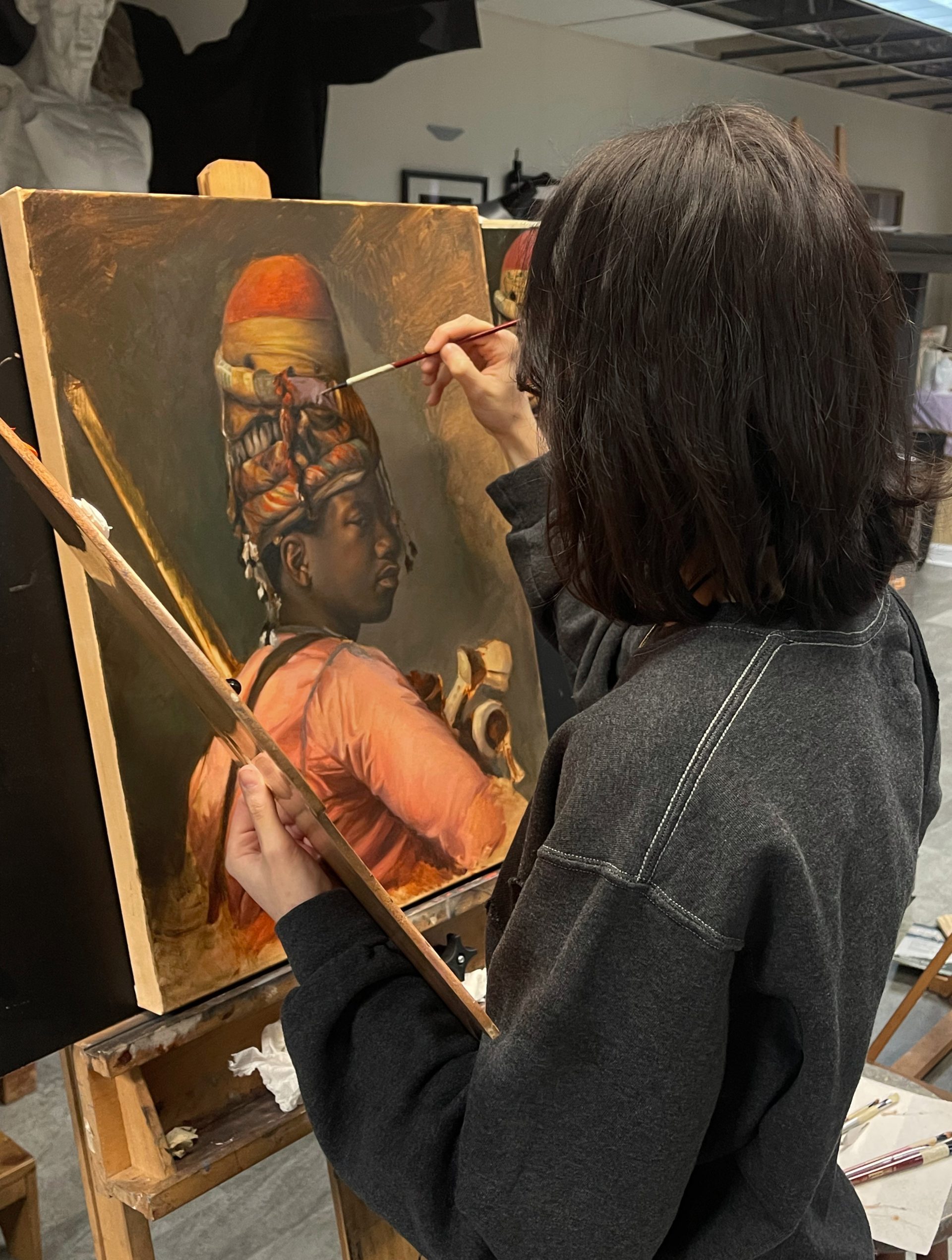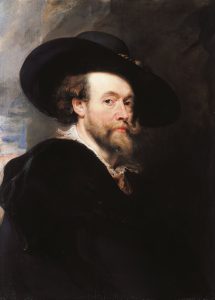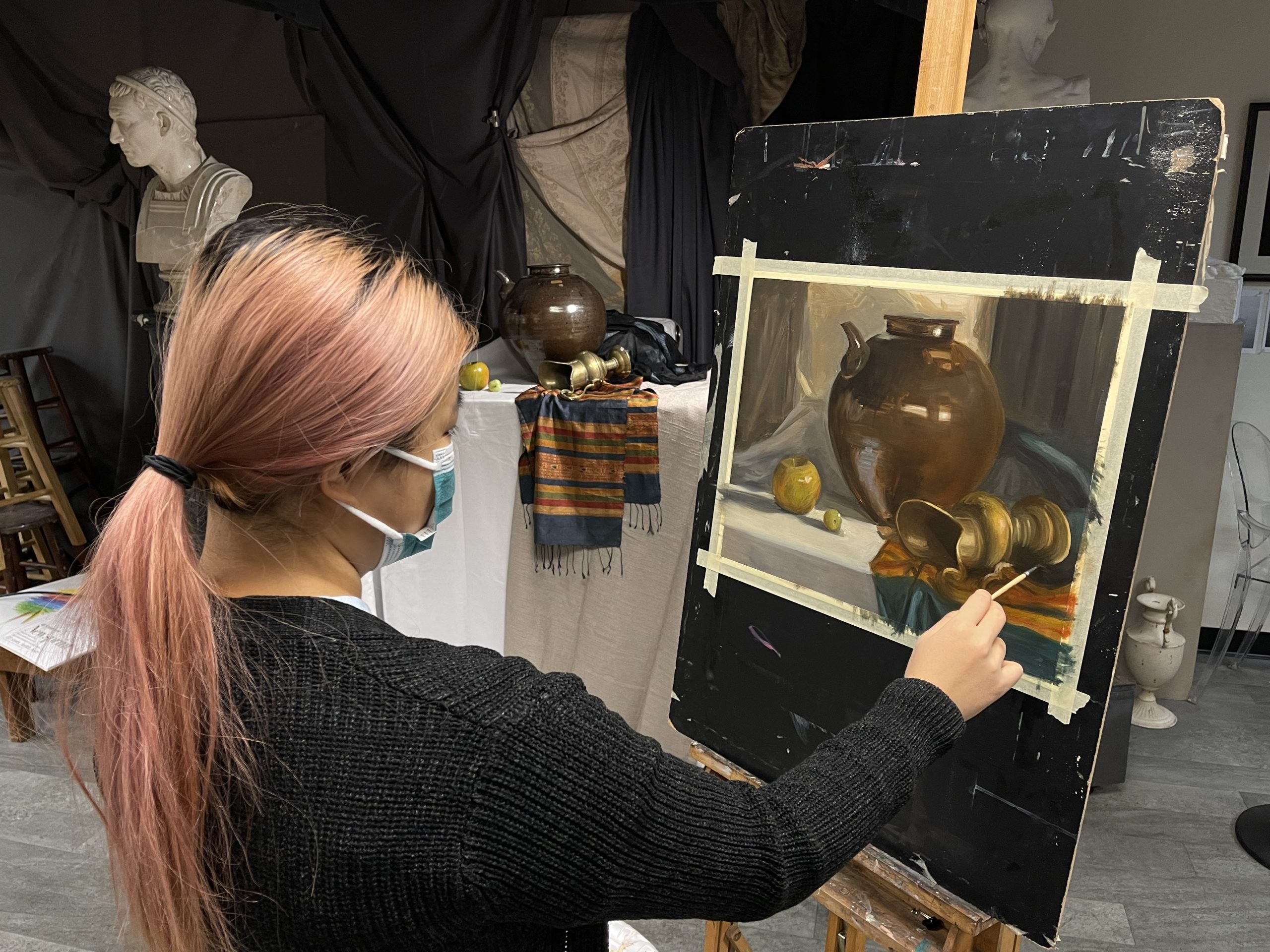The Classical period forms the foundation of artistic study at Princeton Academy of Art, and as our students pursue a classical education in art, one vital area of study is that of Greco-Roman sculpture. The art historical term ‘Greco-Roman art’ refers to the works and design principles of the ancient Greeks and Romans.
Due to the eroding nature of time, much of Greek art from antiquity has been lost, but what survives today is a vast quantity of marble sculptures, both by Greek sculptors and Roman copyists. It is in these marble works that a student can glimpse the techniques of the greatest sculptors of the Classical period. Five Greco-Roman sculptors worthy of close study are Phidias, Polykleitos, Praxiteles, Lysippos, and Scopas.
Phidias
Phidias was an Athenian sculptor and the artistic director of the Parthenon’s construction. He created its most important religious images and designed and supervised its overall sculptural decoration. One of the sculptural techniques incorporated into the Parthenon’s construction is called frieze, a technique which exemplifies Greek classical art. Phidias gained most of his fame through two major works: the statue of Athena in the Parthenon and the statue of Zeus at Olympia.
Phidias’s earliest monument to Athena was the bronze statue known as Athena Promachos created around 456 BCE. Constructed on the Athenian Acropolis, it stood approximately 30 feet tall, making it the largest statue ever installed at that time.
Phidias and his team were also responsible for the marble sculptures that decorated the Parthenon.
These works offer insight into Phidias’s artistic style. Even when depicting movement in his reliefs, there is a sense of monumental grandeur. His thorough understanding of human anatomy is evident in his controlled and balanced representations. This mastery is why he is acknowledged as the greatest ancient Greek sculptor and a key figure of the classical style of the 5th and 4th centuries BCE.
Most of these pieces, known as the Elgin Marbles, are now housed in the British Museum. The Elgin Marbles have long been at the center of international discourse concerning their repatriation to Greece and broader efforts toward the decolonization of museum collections, especially of religious icons, through collaborative cultural stewardship.
Polykleitos
Polykleitos (also spelled Polycleitus or Polyclitus) was a Greek sculptor of the High Classical period in the 5th century BCE. He is considered one of the most significant and greatest sculptors of classical antiquity and was renowned primarily for his bronze sculptures. He was taught the art of sculpture by Ageladas of Argos, who was also the teacher of Phidias.
Polykleitos emphasized that statues should be composed of clearly definable parts related to mathematical proportions and balance. He based his approach on ratios established by Pythagoras, the Greek philosopher, and his approach to creating mathematically proportionate sculpture became the standard for subsequent generations of sculptors.
Several of his notable works include the Amazon figure for Ephesus, the statue of Hera, and the Doryphoros. Another well-regarded work is his colossal gold and ivory statue of Hera. The Doryphoros, which means “spear-bearer”, is one of his most significant contributions. Polykleitos aimed to create a representation of a “proportionately perfect man”. The original bronze statue no longer exists, but marble copies are preserved. Today, a 6-foot-tall copy of the Doryphoros exists at the Minneapolis Institute of Art and another copy was excavated from the Palaestra of Pompeii.
Polykleitos was the first sculptor to establish a group of followers. This school, which lasted three generations, was most active from the late 4th century to the early 2nd century BCE.
Praxiteles
Praxiteles is considered the greatest Attic sculptor–relating to Athens–of the 4th century BCE. He was the son of the sculptor, Cephisodotus the Elder, and had two sons of his own. His career spanned from the late Classical period to the Hellenistic period of Greek art.
Praxiteles was known for pushing the boundaries of his art by experimenting with new techniques to make his artwork as vibrant and lifelike as possible. He used both stone and bronze to create dynamic curves, light, and shadow.
The only piece surviving is the marble statue, Hermes Carrying the Infant Dionysus, which is noted for its delicate modeling and surface finish. Discovered in Olympia, this statue is celebrated as a masterpiece due to its beautiful surface, smoothly rounded head, and lifelike expression. Additionally, Praxiteles is renowned for his refined representations of both the feminine figure and the masculine youth.
Throughout Praxiteles’ career, he aimed to achieve a high level of realism in his art. To enhance the lifelike quality of his sculptural figures, he had painters like the great Nikias decorate them–an element which has unfortunately been lost to time.
Lysippos
Lysippos (also spelled Lysippus) was a Greek sculptor of the 4th century BC. Originally a metalworker, he taught himself sculpture by closely observing nature and studying Polykleitos’ Doryphoros. He adapted Polykleitos’ technique by introducing new, slender proportions and enhancing realistic naturalism. An example of this is his statue of Alexander the Great, in which he reduced the size of the head and elongated the limbs to make the figure appear taller and more statuesque.
Lysippos pushed the limits of marble sculpture by incorporating a dynamic sense of movement. An example of his marble sculpture work is his large statue of Hercules located at the National Archaeological Museum in Naples.
During his career, he received numerous portrait commissions from Alexander’s Generals. Additionally, as the head of the athletic school of Peloponnese, he sculpted many athletes–who proved to be popular subjects for Greek sculptors. Among his most popular works was a depiction of an athlete using a strigil, a curved tool for scraping oil, dirt, and sweat from the body. A well-known example of this is the Apoxyomenos (The Scraper), a Roman marble copy displayed in the Vatican Museum.
Later in his life, Lysippos became the head of the school of Argos and Sikyon. With the assistance of Skopas and Praxiteles, he was able to successfully transition into the Hellenistic period of art, where emotional portrayal in figural sculpture became influential.
Scopas
Scopas (also known as Skopas) was a Greek sculptor and architect of the late Classical period. He was considered influential in establishing the depiction of powerful emotions as artistic themes–a technique which reigned in the succeeding Hellenistic period.
Scopas was known for his work on several monumental buildings. According to the Greek writer Pliny, he was responsible for the sculptures on the eastern wing of the Mausoleum at Halicarnassus, which are recognized for their expressiveness and emotional impact.
He worked on three major monuments of the 4th century: the temple of Athena Alea at Tegea, the temple of Artemis at Ephesus, and the Mausoleum at Halicarnassus. The construction of the temple of Athena Alea began after 394 BC. In the temple, he was responsible for the statues of Asclepius and Hygieia that stood on each side of Athena Alea.
In addition to these statues, it is possible that Scopas also created the pedimental sculptures for the temple, including the surviving fragments depicting the hunt of the Calydonian boar, which are now housed in the National Archaeological Museum in Athens.
Scopas’ legacy lives on, along with Praxiteles and Lysippos, as he completely changed the character of Greek sculpture. Their techniques and the schools they founded significantly impacted the history of sculpture, influencing both the Italian Renaissance and modern art.
References
https://britannica.com/biography/Phidias
https://www.brown.edu/Departments/Joukowsky_Institute/courses/greekpast/4795.html
https://www.worldhistory.org/Phidias/
https://www.smithsonianmag.com/smart-news/ancient-roman-statue-embodies-perfect-man-was-it-stolen-180980138/
http://www.visual-arts-cork.com/sculpture/polykleitos.htm
https://artsandscience.usask.ca/antiquities/collections/items/greek-items/classical/sculpture/hermes-with-dionysus.php
http://www.visual-arts-cork.com/sculpture/praxiteles.htm
https://www.britannica.com/biography/Lysippus
https://www.roger-pearse.com/weblog/2019/05/27/the-lysippus-bust-of-alexander-the-great/
http://www.visual-arts-cork.com/sculpture/lysippos.htm
https://www.britannica.com/biography/Scopas
http://www.visual-arts-cork.com/sculpture/skopas.htmv
Hale, William Harlan. “The Horizon Book of Ancient Greece”. American Heritage Publishing Co. Inc., 1965.
Vout, Caroline. “Classical Art: A Life History from Antiquity to the Present”. Princeton University Press. 2018.
Article by: Hanna Hill
Edits by: Kelsey Doherty




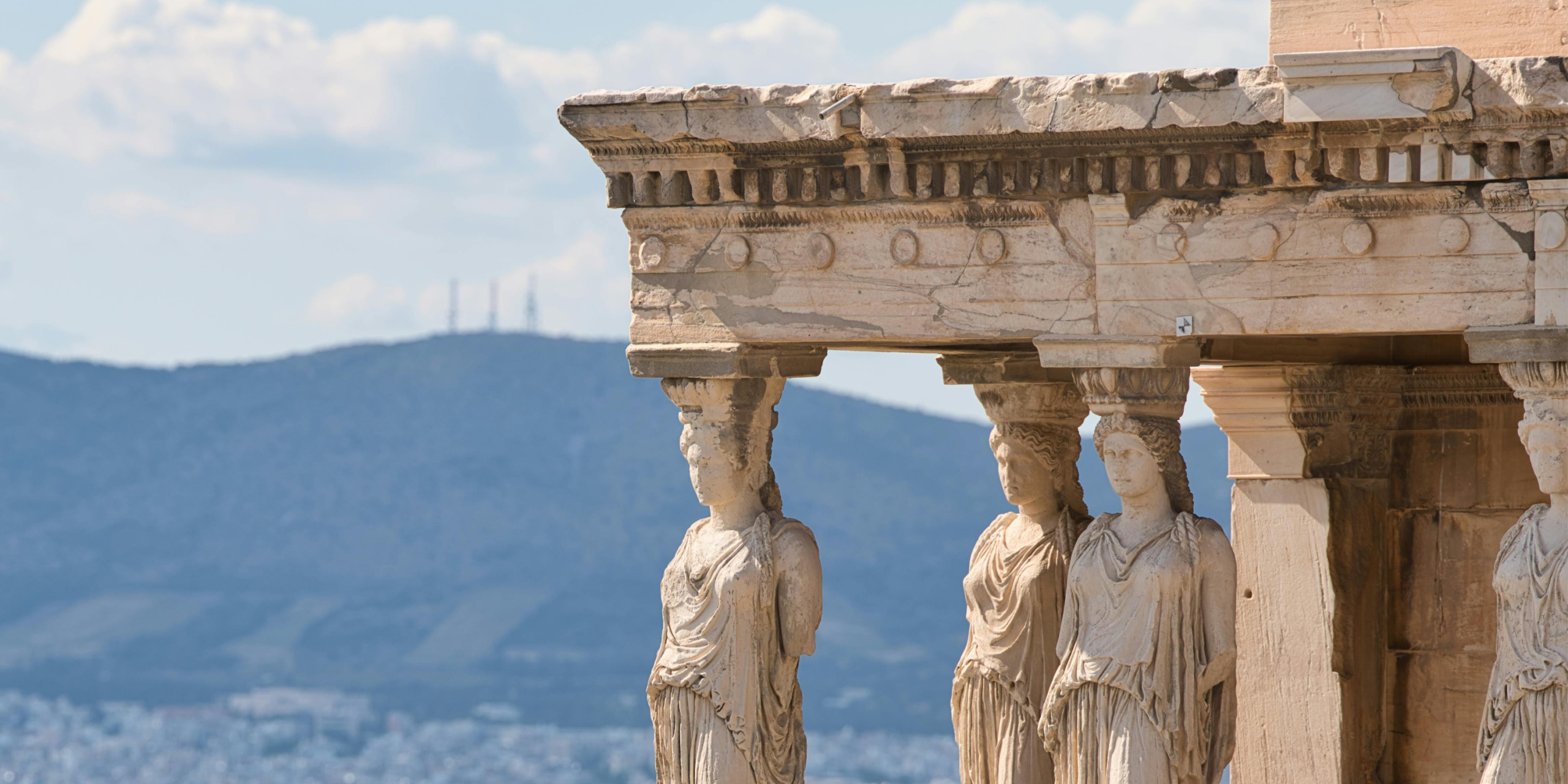

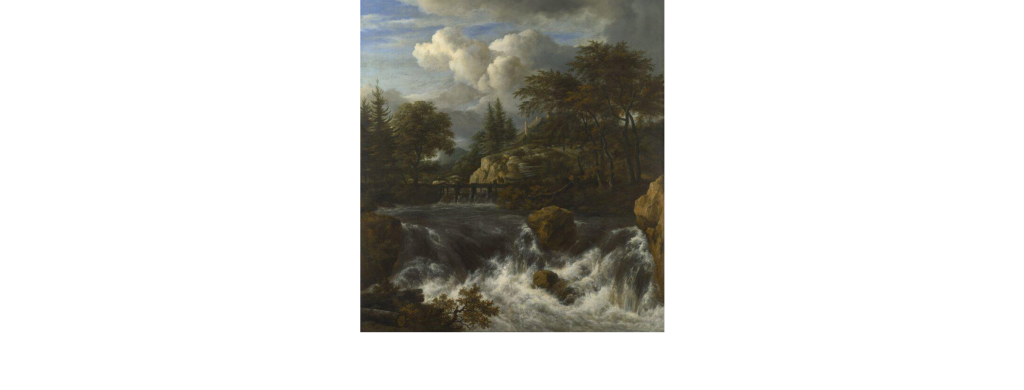
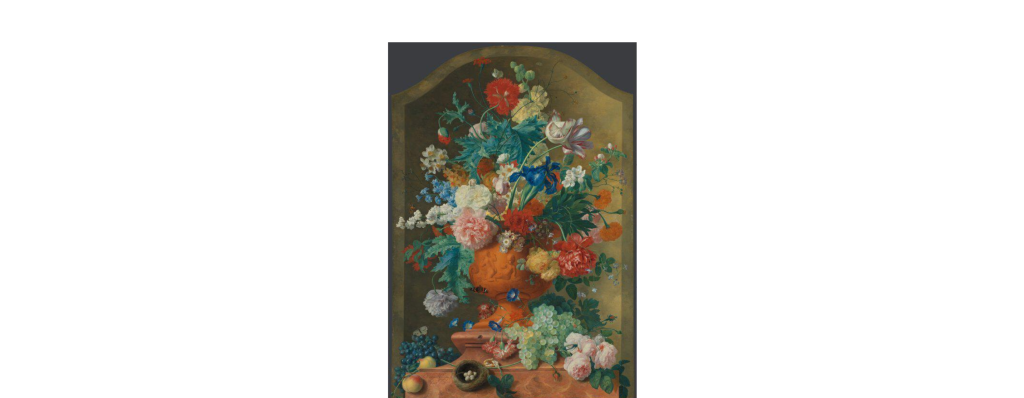
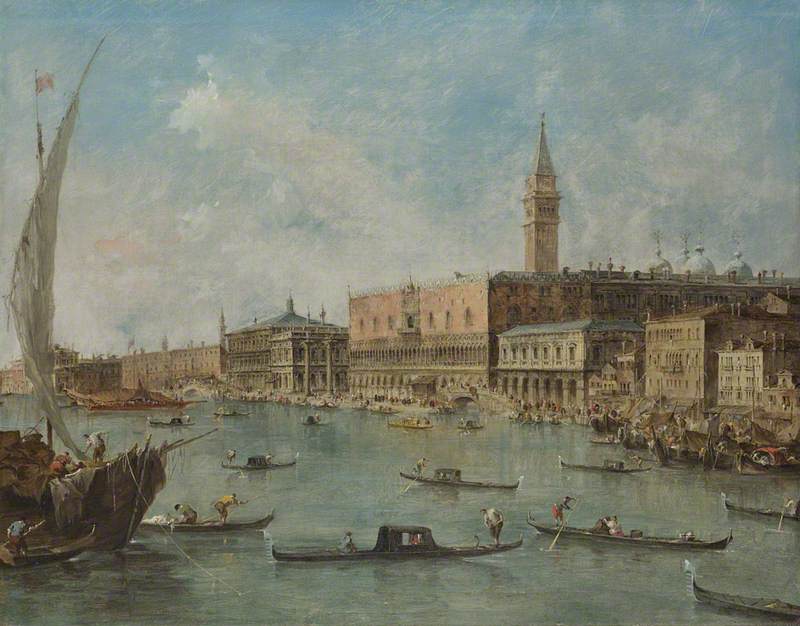
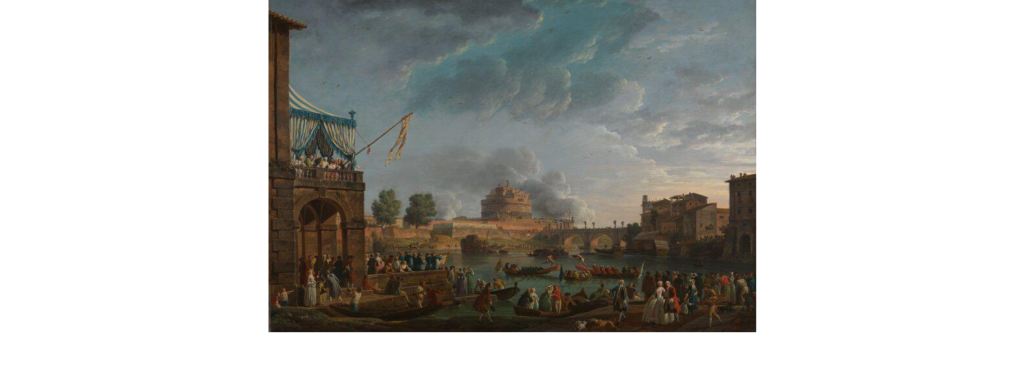 The last painting is titled The Hay Wain by John Constable, created in 1821. The title refers to the wooden wagon, or wain, “used for transporting cut and dried meadow grass”, or hay. This painting is a view of the millpond at Flatford on the River Stour. This mill was used for grinding corn, leased and operated by the Constable family for 100 years.
The last painting is titled The Hay Wain by John Constable, created in 1821. The title refers to the wooden wagon, or wain, “used for transporting cut and dried meadow grass”, or hay. This painting is a view of the millpond at Flatford on the River Stour. This mill was used for grinding corn, leased and operated by the Constable family for 100 years.





